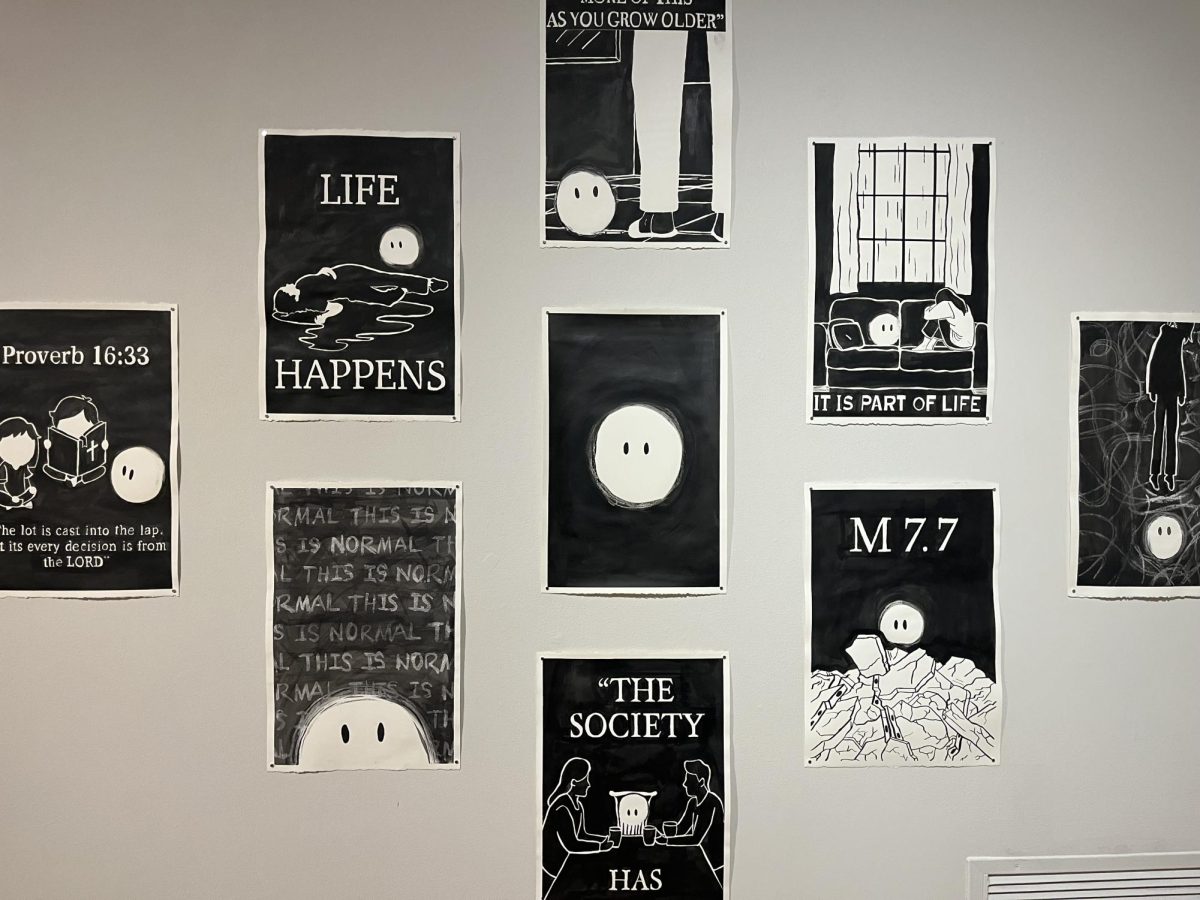In the wake of COVID-19, people are still looking for connections. When lockdown was ordered in March 2020, it kept most people confined to their houses for the better part of five months, which gave people little to no opportunity for ordinary social engagement. Most people turned to social media; according to an article from The New York Times, TikTok became the most downloaded social media app in the United States around this time. While most might remember 2020 as the year of the “Savage” dance, the “Nobody’s Gonna Know” audio, and the “Ratatouille” musical, it also was an extremely influential year for fashion and the rise of micro-labeled marketing.
Micro-labels and trends — including larger-core aesthetics like cottagecore, metalcore, goblincore, and more recently, being that girl, leaning into the past with Y2K-esque styles, and yearning for the sea with coastal styles — gave people an outlet with which to express themselves, but also gave social media the perfect analyzation tool for its algorithms. TikTok, in particular, is notorious for this engagement and interaction-based programs, but even apps outside of fashion have taken to micro-labeling; my Spotify daylist, for example, has suggested I listen to “loops” and “black cat” on my “energetic noise saturday evening.”
While, in some instances, this can be beneficial to the consumer, more often than not, micro-trends will benefit the producer. TikTok has seen particular success from this — so much so that TikTok Shop became incorporated into the app, allowing viewers to purchase products directly featured in videos. Instagram now allows brands to attach links to products, taking users to whatever product has caught their interest in less than five clicks. Fizz is currently beta-testing its own version of a marketplace, allowing St. Olaf students to buy and sell pre-owned items. Algorithmically-relevant modes of shopping are becoming increasingly popular across all social media platforms.
It’s important to remember, though, that the creation of micro-labels was not done with any algorithms in mind. They were made, instead, to form connections — not with metadata but with yourself.




